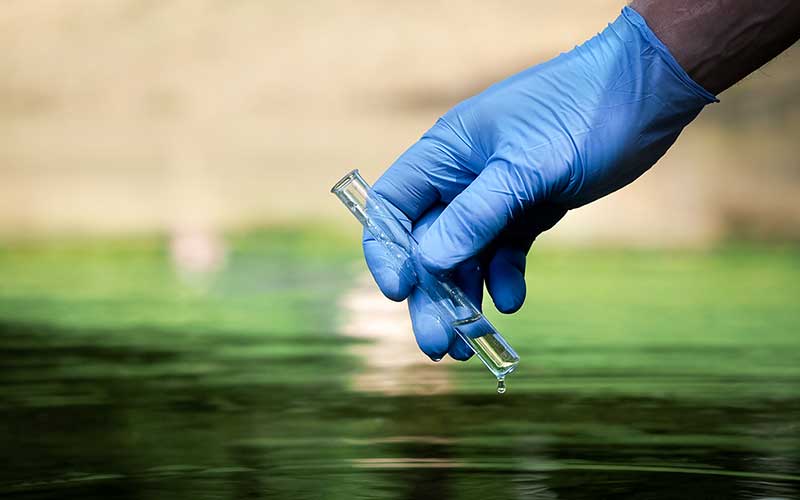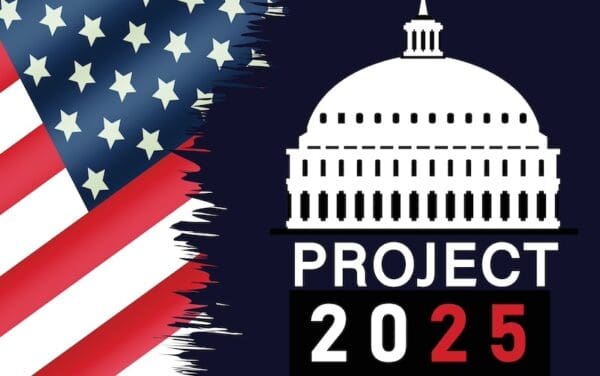
Vermont authorities need to do more to protect us from the dangers posed by toxic chemicals in our drinking water. Photo: Irina Kozorog via Shutterstock
Vermonters can no longer take the safety of our drinking water for granted. In 2016, the widespread contamination of drinking water in Bennington County with toxic chemicals grabbed our attention and forced the question: exactly how safe is our drinking water?
The short answer to this question is: not safe enough. In the absence of federal safeguards, Vermont regulators have taken significant steps to reduce our exposure to the kinds of toxic chemicals found in Bennington. But we can – and we must – do better to protect against the potential harms hiding in our water.
These Chemicals Put Our Water and Our Health at Risk
The chemicals found in Bennington’s water are per- and polyfluoroalkyl substances, commonly referred to as PFAS. Since the mid-20th century, these human-made chemicals have been used widely in products that many of us rely on every day – non-stick cookware, water-repellent clothing, stain-resistant fabrics and carpets, some cosmetics, some firefighting foams, and products that resist grease, water, and oil. Today, there are approximately 3,000 or more different kinds of PFAS. These dangerous chemicals do not break down over time; they remain in the environment – and our bloodstreams – for decades, and are toxic to our health.
Scientific studies show that PFAS may adversely affect growth, learning, and behavior in infants and children, as well as make it more difficult for a woman to get pregnant. PFAS may interfere with natural human hormones and the immune system, increase cholesterol, and disrupt liver, thyroid, and pancreatic function. Researchers also suspect that some PFAS may increase the risk of cancer. No medical interventions will remove PFAS from the body.
Production of at least two kinds of PFAS – perfluorooctanoic acid, or PFOA, and perfluorooctanesulfonic acid, PFOS – has been phased out due to the dangers they pose to human health and the environment. But these chemicals will remain in drinking water sources for decades to come. In the meantime, manufacturers are replacing them with new PFAS that may cause similar adverse health effects – and federal and state regulators simply can’t keep up with them.
Federal Regulators are Failing to Protect Us
Due to weak federal chemical safety laws, PFAS have largely escaped regulation. That means that manufacturers historically have not had to monitor, let alone report, releases of PFAS into the air, water, or on land.
The Environmental Protection Agency (EPA) and PFAS manufacturers have known about the risks these dangerous chemicals pose for more than a decade, but they have failed to take meaningful action to protect the public. Instead, EPA has allowed manufacturers to continue using them. There is still no federal standard for what is considered a safe amount of PFAS in drinking water.
In effect, PFAS have been “invisible” to regulation until the discovery of widespread contamination of drinking water supplies in Vermont and across the country.
PFAS Are in Vermont Waters
PFAS are in waters throughout New England. Here in Vermont, they’ve been detected in drinking water, groundwater, and surface waters throughout the state and at levels that the Vermont Department of Health has determined are unsafe. The crisis in Bennington County extended to more than 300 wells contaminated by a closed ChemFab plant. Drinking water wells tested in Pownal, Clarendon, and Shaftsbury also had unsafe levels of PFAS. And just last month, Vermont regulators reported that drinking water for an elementary school in Grafton had concentrations above those considered safe.
PFAS have also been found at unsafe levels in groundwater near manufacturers in Colchester, Shelburne, and St. Albans; at the Air National Guard site in South Burlington; and in groundwater near several landfills in Bennington and Windham counties.
Vermont Must Lead in the Absence of Federal Safeguards
In the absence of federal action, states must protect their residents from this toxic threat to our health and environment. In recent years, Vermont regulators have taken important steps to address PFAS in drinking water. These have included setting one of the country’s most stringent health advisories and groundwater cleanup standards for some PFAS, proactively testing drinking and groundwater throughout the state, and forming an Interagency Committee on Chemical Management to help identify how to prevent another drinking water crisis from a previously unknown toxic chemical.
But Vermont can – and must – do more.
The State needs to adopt a drinking water standard for all PFAS compounds and require public water systems to conduct regular monitoring and treatment of unsafe levels of PFAS. It also must prioritize testing of drinking water in schools and childcare facilities and provide Vermonters with electronic access to information about toxins and drinking water risks in our communities. These steps are critical to better protecting residents, especially the most vulnerable among us.
CLF has been a champion of clean water in Vermont – and New England – for decades. As we work to protect Vermonters from the threats posed by PFAS, we want to hear from you. Have you been impacted by polluted drinking water? Write to let us know.



